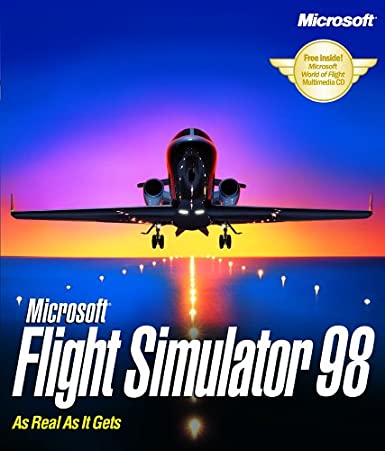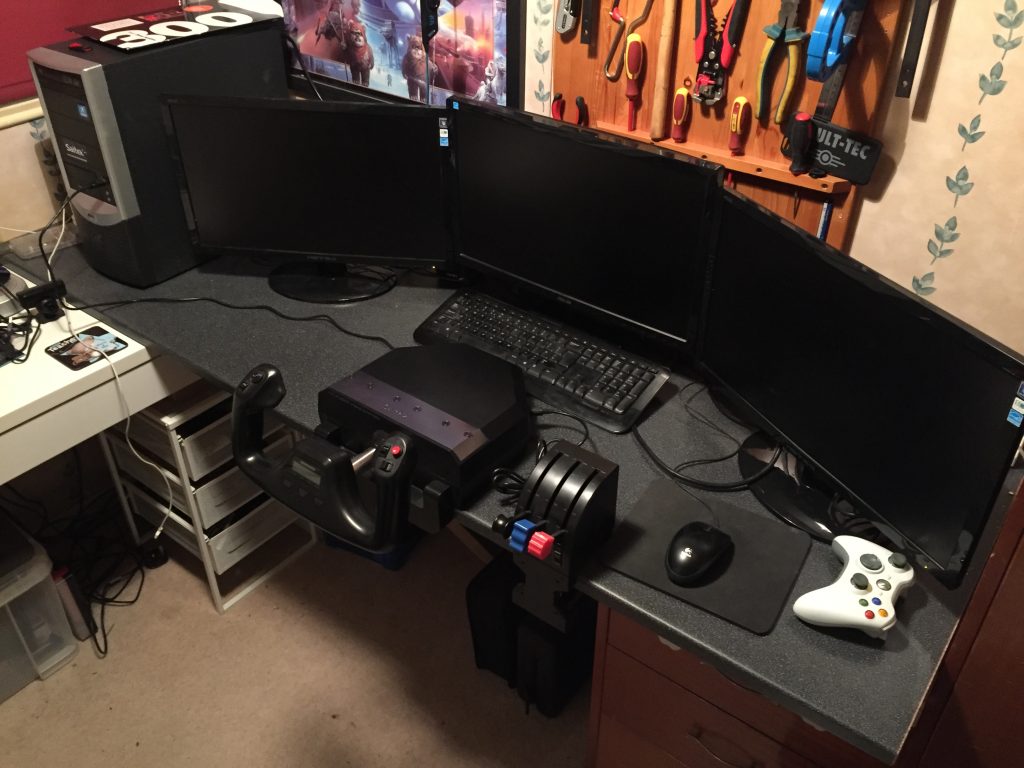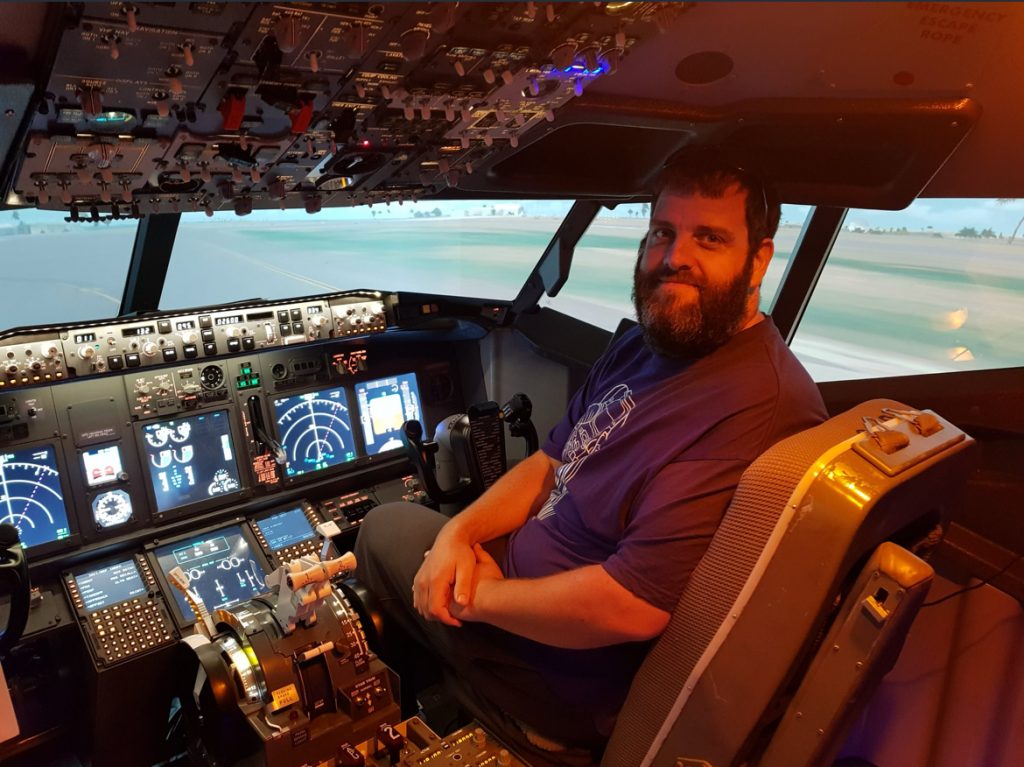
It was the late 90s and I was preparing to boot up my trusty 486 for a flight to the unknown. The Boeing 737 was to be my carriage for the day, a stock model from the simulator’s list that at the time was perfectly suitable, or so I thought.
All of my flights, in my PC’s current state, are painted in pretty colours and cost more than my first three cars, combined. I write this as though it was an issue back in the day, but a quick flight on my Laptop’s copy of FSX is still fun, grainy or otherwise. My memory of it is one of few problems; for a start, the simulator, just worked. There was no plague of errors or glitches to overcome. When I look back, that was quite a breath of fresh air, especially as I am about to fire up Prepar3d v4. Perspective is a big deal, at that time the graphics from my 64mb AGP card were great. It was far ahead of prior performance; still, coming from my opening foray in Flight Simulator v2, and my true hook into virtual flight beginning with F29 Retaliator, I was in its grip by the late 80s.
Getting back to my 737, I had setup the mighty Flight Simulator 98 and I was ready to embark on a journey from London, Heathrow, to… New York, JFK! To this day, I do not know why I chose this aircraft on a flight over the pond, but in this case, I did. I began to roll down the runway and point my nose to the heavens; it shot into the sky and made a B-line for the USA. There wasn’t even the thought of my fuel usage; I was, perhaps, about to send my many passengers into a cold and wet demise.

Once it was beyond its take-off, I slowly levelled her out and brushed through the sugar-cube clouds to settle with my belly rubbing across their tops. Even with the more primitive aspects of the 90s offerings, you could sense the thin air at this altitude, it almost made the room turn cold around me. It was at this point that I realised the 737’s lack of suitability for the task at hand. There was six and a half hours ahead of me and I was flying an aircraft that was very likely to suffer a poor fate. This would remain a cause for concern for the next few hours, at least until the fuel did its vanishing act. What you might now be thinking is that I should have quit at that point, simply cut my losses, but no, I would just plough ahead and hope for the best.
Alas, the fuel alarm sounded and I hit the magical keys to ‘refill my tanks’. This was new to me, an option that had shown itself in the pages of the FS98 manual as I wrestled for a way to solve my impending doom. What a stroke of luck! My passengers were none the wiser, the fact that they were not modelled, or real, was nothing to do with it.
Sure enough, the plane was landed. For the record, at the time I had only ever landed my aircraft in a manual state. I landed all of my planes this way, the 747 was the hardest, though the use of a freely-downloaded Concorde would serve for a great story that will keep for another time.
I brought her down, wobbling side to side, but keeping the nose pointed toward the runway ahead. The 737 was triumphant, though it had been a little bit of a cheat, she had her shoes back on the tarmac at JFK. I certainly wouldn’t want to do it again, asking for another near-pond-dip was, and still is, highly unlikely, or is it?

With all of this refreshed, the message is simple; putting your mind to it can take you anywhere… as long as you can add some magic fuel. I say, just take the appropriate bird out in the first place.

